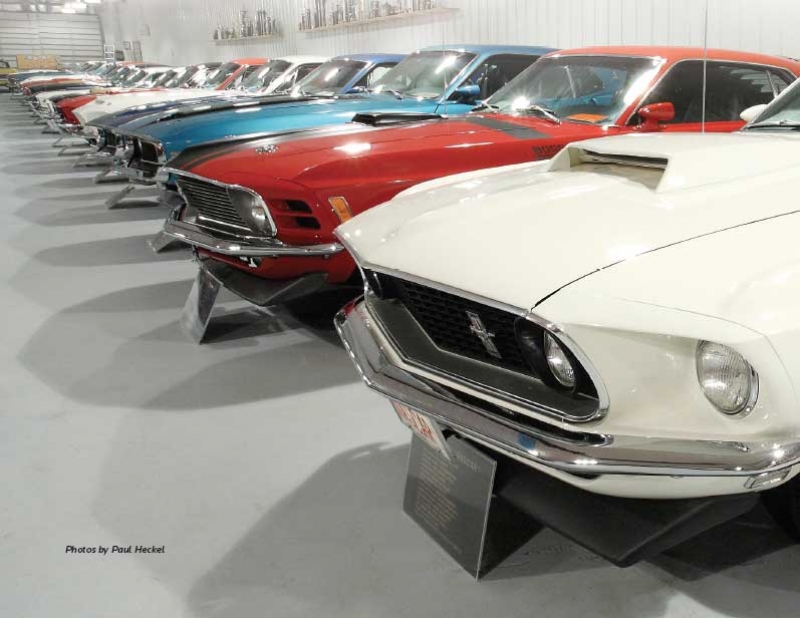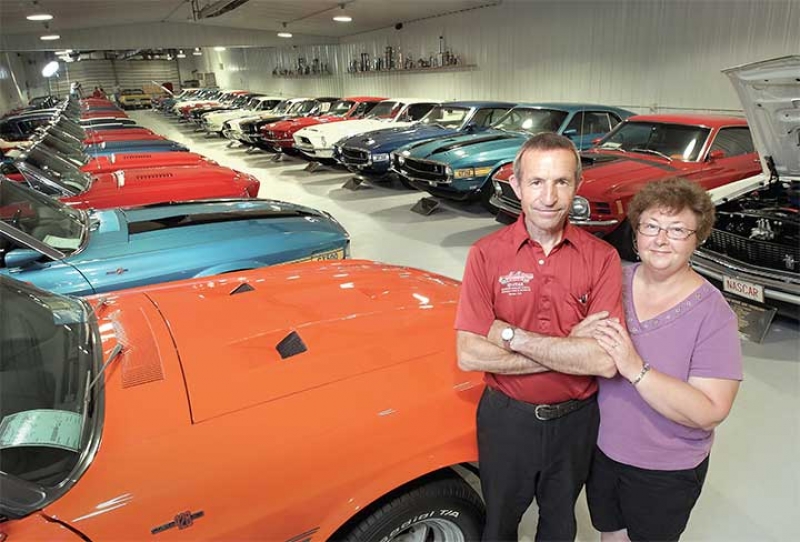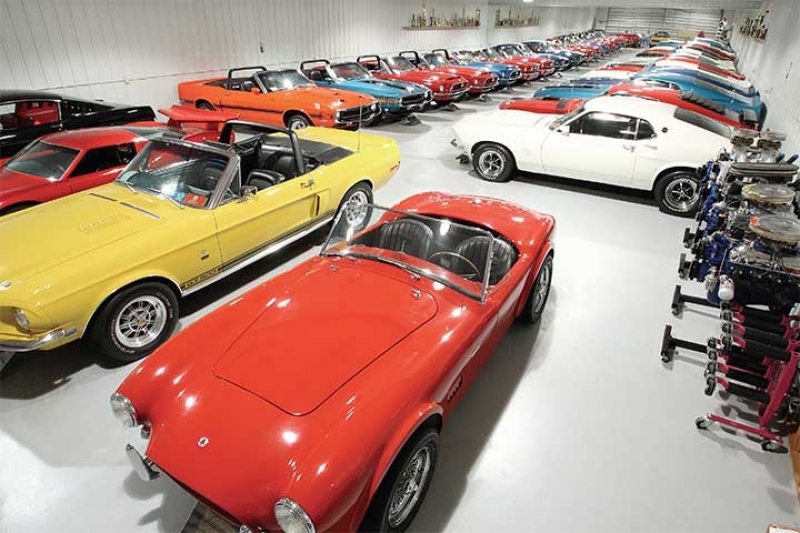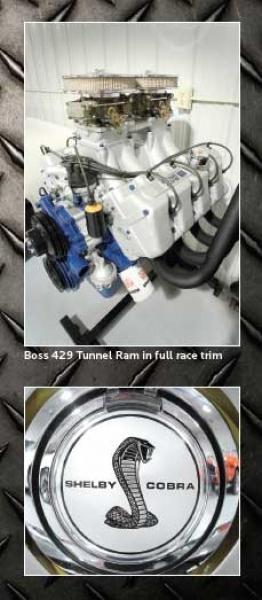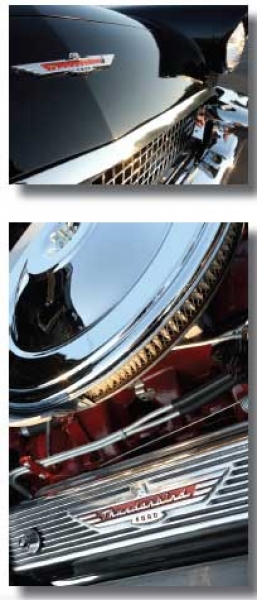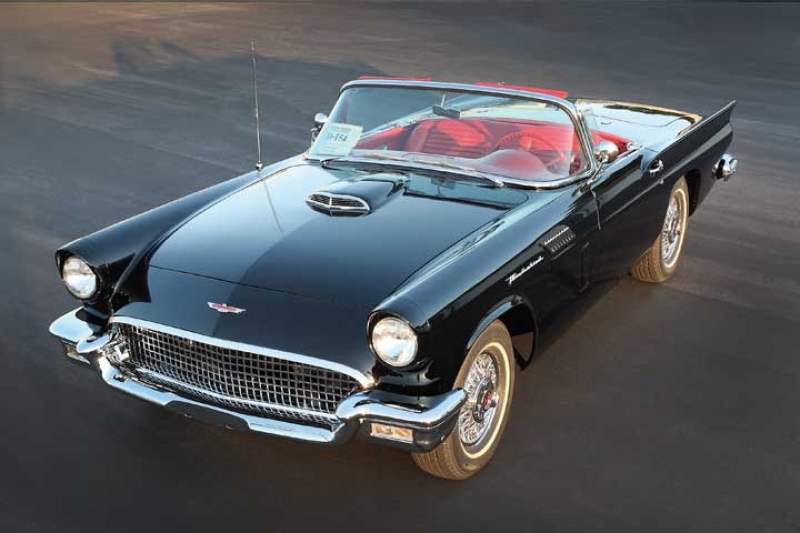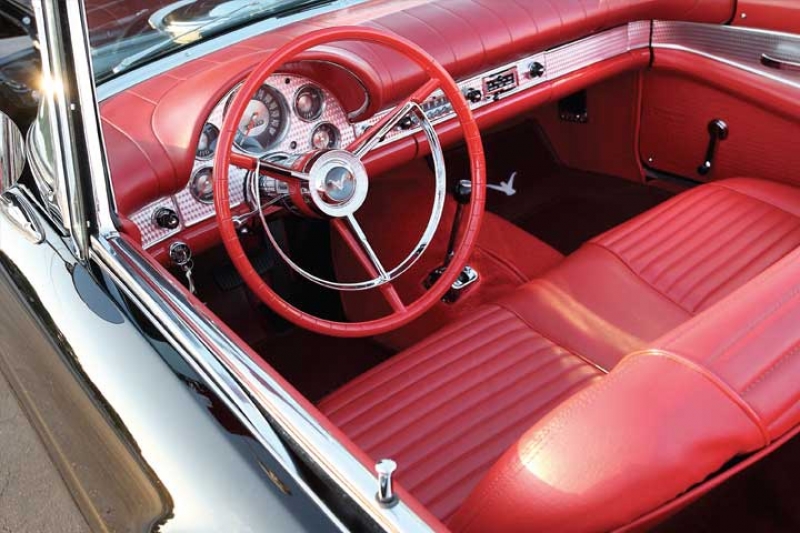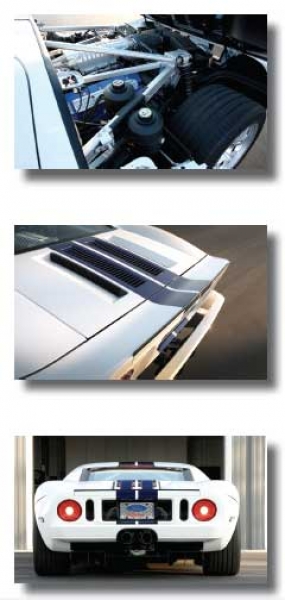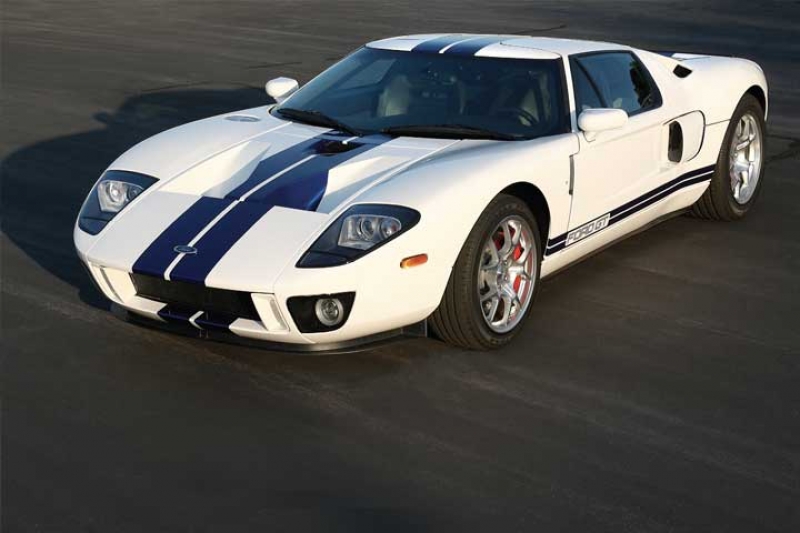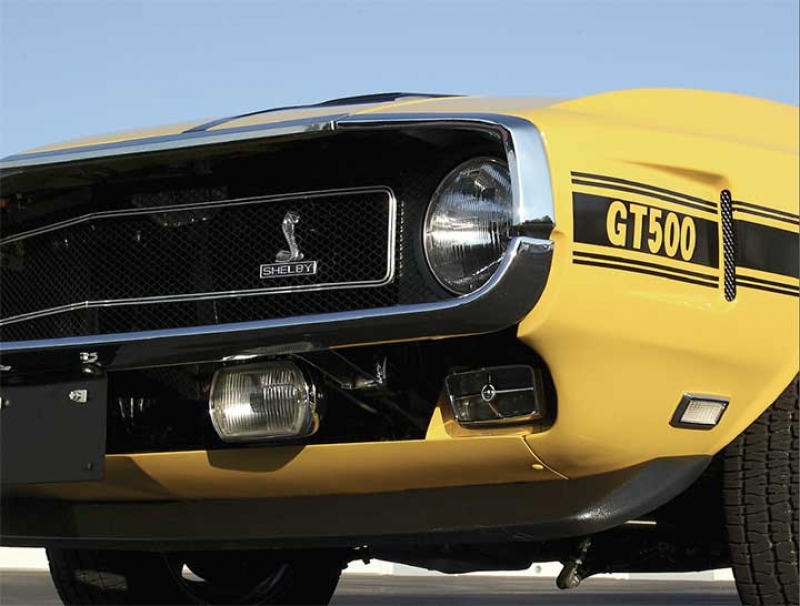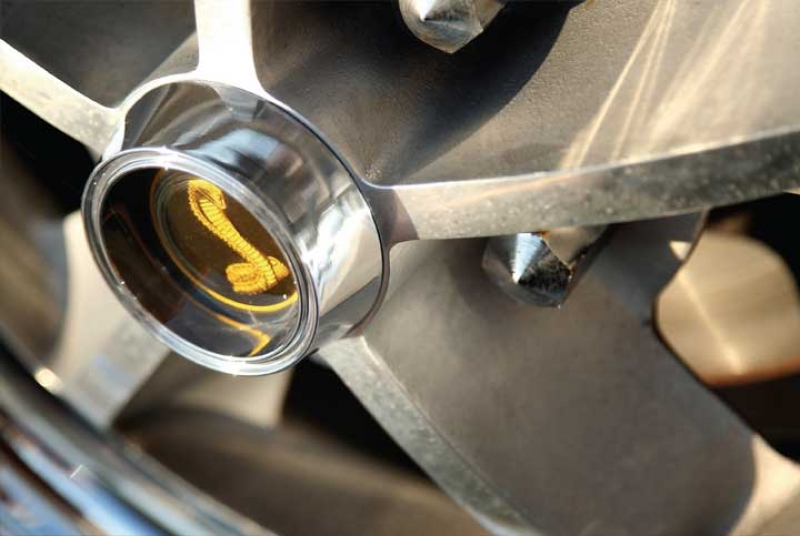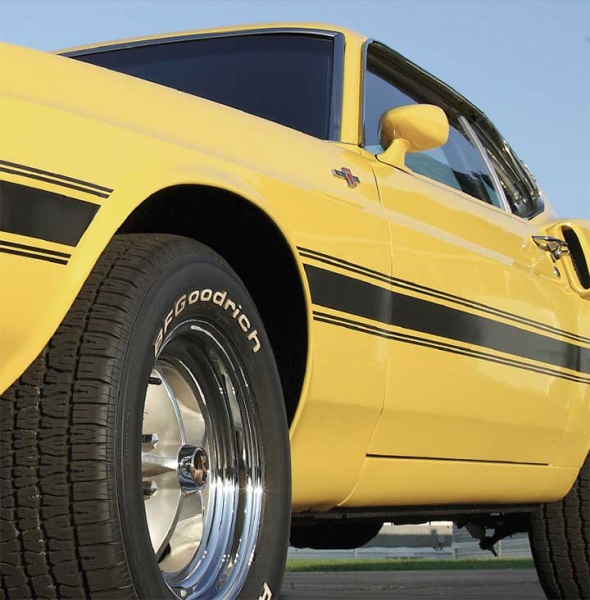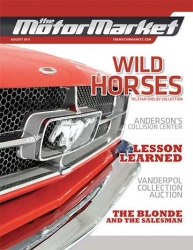
More Issues
- August 2023
- July 2023
- June 2023
- May 2023
- April 2023
- March 2023
- February 2023
- January 2023
- December 2022
- November 2022
- October 2022
- September 2022
- August 2022
- July 2022
- June 2022
- May 2022
- April 2022
- March 2022
- February 2022
- January 2022
- December 2021
- November 2021
- October 2021
- September 2021
- August 2021
- July 2021
- June 2021
- May 2021
- April 2021
- March 2021
- February 2021
- January 2021
- December 2020
- November 2020
- October 2020
- September 2020
- August 2020
- July 2020
- May 2020
- April 2020
- March 2020
- February 2020
- January 2020
- December 2019
- November 2019
- October 2019
- September 2019
- August 2019
- July 2019
- June 2019
- May 2019
- April 2019
- March 2019
- February 2019
- January 2019
- December 2018
- November 2018
- October 2018
- September 2018
- August 2018
- July 2018
- June 2018
- May 2018
- April 2018
- March 2018
- February 2018
- January 2018
- August 2011
Wild Horses
In the fall of 2000, my wife’s father made the trip west from Louisville, KY to Sioux Falls, SD. His goal was to take advantage of the exceptional pheasant hunting in his transplanted daughter’s new state. I planned a two-day hunt for us at a game preserve near Fort Pierre, which would lead us west on I-90 through the heart of South Dakota. We would be in no rush, so I decided to show John a few local points of interest along the route.
My father-in-law is a gun enthusiast in the truest sense. So Cabela’s would certainly qualify as a point of interest and we would already be in Mitchell, so what about the Corn Palace? Sure, it’s not the Badlands or Mt. Rushmore but I couldn’t think of any other attractions in South Dakota that are so…well, South Dakota. As I was confirming the Corn Palace’s hours of operation on the local visitor center’s site, I came across a mention of a car museum in Mitchell called Telstar Mustang-Shelby-Cobra Museum. Although I’d lived in South Dakota most of my life, I had never heard of it. A link at the bottom of the page led me to Telstar’s site which, in a large bold font, claimed to be “the world’s most complete privately owned Shelby collection in existence.” There were a few photos and a brief summary about the collection.
Could we handle the Corn Palace and a garage full of old Mustangs all in one day? I thought, “What the heck.” I dialed the number listed on the site and Mavis answered the phone. I explained that we would be traveling through Mitchell the following Saturday and that we would like to stop and see their Mustang collection. She offered to give us a tour. We agreed on one o’clock in the afternoon and I thanked her for the appointment.
John and I left Sioux Falls mid-morning on a snowy Saturday in November. Our plan was to spend a few hours at Cabela’s, grab a quick lunch, snap a few photos of the Corn Palace and take the Telstar tour. This would still leave us with plenty of time to check in at the lodge before supper. And we certainly would have eaten supper before nine o’clock that evening – if the Telstar collection hadn’t been so incredibly unbelievable.
The Beginning of Telstar When Ford revealed the Mustang design at the New York World’s Fair in the spring of 1964, Jerry Regynski was just about to enlist in the Army. Although the Woonsocket native had been a car nut since high school, this new pony car really caught his attention. So much in fact, that Jerry purchased a brand new Mustang convertible in the spring of 1965. That first Mustang lit a passion in Jerry that would span five decades.
In 1966, Jerry established Telstar Motors on a whole city block of South Kimball Street in Mitchell and it remains at the same location to this day. Jerry hasn’t always been as exclusively Mustang focused as he is now. For the first 13 years of his business, his slogan was “The Area’s Sharpest 2-door Hardtops.” He sold all kinds of cars, from Corvettes to Cougars to Camaros to Cudas and everything in between. He enjoys and appreciates all sporty and performance cars and in addition to their Mustangs, they own a 1957 Thunderbird, a 1965 Ranchero, a Cadillac Allante, a 5.0 Mercury Capri, a Jeep Rubicon, a 2005 Ford GT, a 2006 Mustang GT convertible and a 1970 Valkyrie X-1 experimental sportsracing coupe. In 1979, Jerry and his wife, Mavis, had the foresight to recognize that the era of collector cars was on the horizon. “We saw the interest in collector cars was going to be here sooner than later.” Jerry switched his attention to car restoration and decided to specialize in 1964 1/2 to 1970 era Mustangs. He explains that this decision was based on several factors and not just limited to his enjoyment of the pony car. In the late 1970’s, vintage Mustangs had a large following and new and used parts were readily available. These facts remain pertinent to this day and continue to contribute to Telstar’s decades of success.
Every ace has a sidekick or an assistant. The lucky ones have a partner that is just as committed, visionary and hard working. Jerry met Mavis at the local Ford dealership where he ordered parts. Mavis, originally from Emery, South Dakota, worked at Rozum Motor Company, the Mitchell Ford dealer until she and Jerry were married 32 years ago. Since then, she has worked alongside Jerry, performing a variety of jobs; including the museum tour guide.
The Museum In their former helicopter hanger exists the most complete privately owned Mustang, Shelby, and Cobra collection anywhere. The 20 car collection encompasses every year and model of Shelby Mustangs. All of the Cobra and Shelby car titles have been autographed by Carroll Shelby. According to Jerry, the collection took 24 years to complete. Jerry, Mavis and employee, Dan Lang, restored 14 customer cars each year to be able to finance two cars of their own for the growing museum collection. Acquiring the cars from all over the country, they meticulously restored each car.
The museum building is temperature and humidity controlled. Visitors to the museum are greeted by Jerry while Mavis gives the guided tours. Mavis jokes that if Jerry gave tours, he’d never get any restoration work done. Because they want to focus more on the restoration aspect of their business and due to the time needed to do so, the Regynskis now have the museum open on request.
Have Mustang? Will Restore Jerry and Mavis pride themselves on the fact that they only work on one restoration project at a time. This ensures the customer that their restoration is Jerry’s main focus and will receive his full attention. Jerry explains that by not switching back and forth between multiple restorations you don’t forget what work has already been done and the customer knows when his car will be completed. Jerry treats each car like his own. All cars are stored inside before, during and after the restoration. To date he has completed 298 restorations and plans to do many more. On average, he restores between five and six Mustangs per year, depending on how extensive the project. It takes approximately 1200 hours to do a full restoration.
Jerry concedes that he isn’t always able to use original Ford parts, but he would prefer to rebuild using OEM parts, if possible. He prefers restoring back to stock, but will personalize to the customer’s request.
When a car comes in to be restored, Jerry and the customer go over a checklist of everything that can be done to a Mustang. The owner can pick and choose as little or as much as they want. Every car is unique and everybody’s price range is different.
Telstar has restored cars in every state of the Union. They have also restored Mustangs and Shelbys for people in Japan, Canada, Nigeria, Belgium and Germany.
Favorites Although Jerry will tell you ”too much horsepower is just right,” when asked if he prefers a small block GT 350 or a GT 500 with a 428 CJ, Jerry says he likes the 350 better, because it uses regular gas, is easier to maintain and is better balanced. His favorite car is their “driver,” a black 1968 Shelby GT 350 convertible, which is the first Shelby the couple restored when they started doing strictly Mustangs. Mavis likes the gulf stream aqua color of the 1970 Shelby GT 500 SCJ drag pack convertible in the collection.
For a 25th wedding anniversary present to themselves, Jerry and Mavis purchased and restored a 1957 black Thunderbird with red interior. This classic ride boasts a 312 four-barrel, automatic transmission, power steering, wire wheels and a porthole top. The black paint job is so perfect you could shave in its reflection and has won every show entered.
Into the Future Is there an end in sight? When asked what he wanted to do when he retired, Jerry laughed and said, “I’m going to buy an old Mustang and restore it.” He lives by the philosophy that if you love what you do, you will never work a day in your life. Jerry and Mavis obviously love what they do and illustrate this belief in every car they restore.
Luckily for all Mustang enthusiasts, Jerry hasn’t lost any momentum and continues Mustang restoration one car at a time.
Writer’s Note After my first visit more than 10 years ago, I had always wanted to bring my wife with me for a second look at the Telstar collection. So, when the opportunity for this article presented itself, we jumped at the chance. The day we had scheduled the photos and interview turned out to be a real South Dakota scorcher – 95 degrees with 90 percent humidity. And sometime this past winter I had promised myself that if the ice melted from my driveway, I would never complain about the heat again. Ever.
When my wife and I arrived at Telstar, we were greeted by two of the most genuine and hardest working people we have ever met. We appreciate their time and endurance of the heat for this article.
Cars In The Museum Collection • 1964 1/2 Mustang Convertible • 1965 Mustang Hi-Po GT Fastback • 1965 Shelby GT 350 • 1965 AC Cobra Roadster • 1966 Mustang GT Convertible • 1966 Shelby GT 350 “Hertz” • 1967 Shelby GT 350 • 1967 Shelby GT 500 • 1968 Shelby GT 350 Convertible • 1968 Shelby GT 500 Convertible • 1968 Shelby GT 500 KR Fastback • 1968 Shelby GT 500 KR Convertible (blue) • 1968 Shelby GT 500 KR Convertible (red) • 1969 Boss 429 “Nascar” • 1969 Shelby GT 350 Fastback • 1969 Shelby GT 500 SCJ Drag Pack Convertible • 1970 Mustang Boss 302 • 1970 Shelby GT 350 Fastback • 1970 Shelby GT 500 SCJ Drag Pack Convertible
Engine Display
• Boss 429 “Hemi” Tunnel Ram
• 427 Cobra Side Oiler
• Boss 302
• 289 High Performance
Miscellaneous Information
• Shelbys have very few Mustang markings and use their own unique serial numbers. They are associated mainly from the use of the Mustang unibody.
• The Pony Interior was a luxury upgrade and includes the use of wood grain dash trim, wood grain steering wheel and running horses embossed on the seat backrests.
• Ford doesn’t distinguish between the 1964 1/2 and the 1965 models, the separation was made by the public.
• In 1964, Ford used generators instead of alternators. This was changed in 1965.
• 1967 was the first year Shelbys had roll bars.
• In 1965, the Shelby bodies were lowered 1 inch, the battery placed in the trunk, the backseat removed and also introduced a racing “R” model. They only came in one color: white with blue stripes. These model specs were for 1965 only.
• No Shelbys were built in 1970. All 1970 models were actually left over 1969’s that were unsold or not yet completed on the production line. The serial numbers were changed, hood stripes and front spoilers were added.
• In 1969 and 1970, Ford offered a “HEMI” engine for the Boss 429 which was designed for NASCAR racing.
• A 1969 Boss 429 could be purchased brand new for $4,500 including 4 gallons of premium gas at 33 cents per gallon.
• In the museum, there are 2 consecutively serial numbered Boss 429 engines (one stock in a car and one in full race trim on display). Jerry didn’t know they were consecutive until he bought the engine for display. After looking it over, he realized they came off the production line one right after the other.
• Jerry throws very few original parts away. He has thousands of them in inventory for future use. His wife attests that he knows what they all are.
• Telstar Motors has Mustang convertibles, fastbacks and hardtops on hand available for purchase including several red convertibles and a rare yellow one-of-one produced 1970 Shelby GT 500 four-speed fastback.
